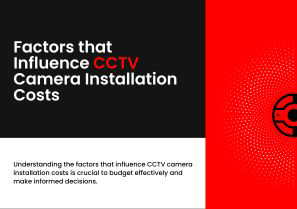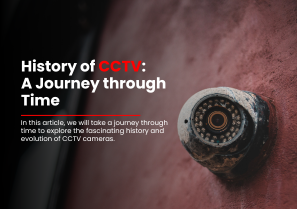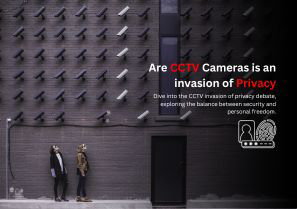In today’s rapidly evolving technological landscape, PTZ cameras have become a buzzword in the tech industry. However, many people may not fully understand what a PTZ camera is and how it can be beneficial. In this comprehensive guide, we will delve into the world of PTZ cameras, exploring their features, applications, and considerations for purchasing one. Whether you are a professional in the field or simply curious about this advanced camera technology, this guide will provide you with valuable insights.
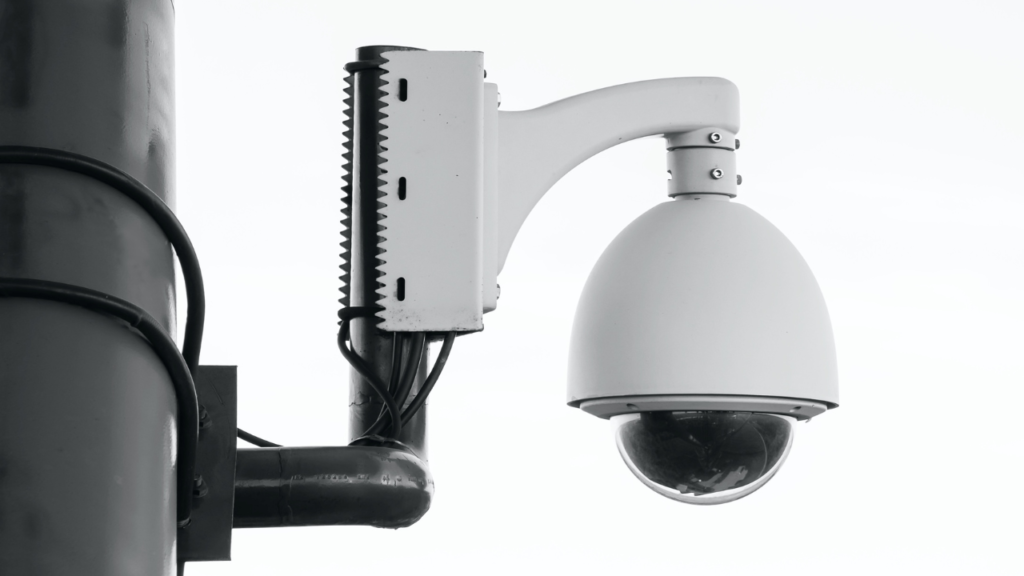
What is a PTZ Camera?
A PTZ camera, short for pan-tilt-zoom camera, is a robotic video camera that offers operators remote control over its movements. These cameras are equipped with mechanical parts that allow them to pan horizontally, tilt vertically, and zoom in on subjects. With these capabilities, PTZ cameras provide enhanced image quality without digital pixelation, making them highly sought-after solutions in various industries.
PTZ cameras are designed for specific applications, including live video production, sports broadcasting, video conferencing, telemedicine, and security. They can be integrated with SDI video production switchers, HDMI extension systems, IP video workflows, or USB video conferencing, depending on the camera line and its unique features.
One notable feature of PTZ cameras is the ability to store camera presets. These presets allow operators to save specific camera positions and easily recall them at any time. For example, a preset could be a zoomed-in shot of a stage location, while another preset could capture a wide-angle view of a crowd. This convenience enables camera operators to quickly switch between multiple positions within their space, making PTZ cameras ideal for video production and educational scenarios.
Other industries that commonly use PTZ cameras include broadcast television, houses of worship, sporting and event production, distance learning in education, and corporate training. The versatility and flexibility of PTZ cameras make them valuable tools in capturing high-quality footage in various settings.
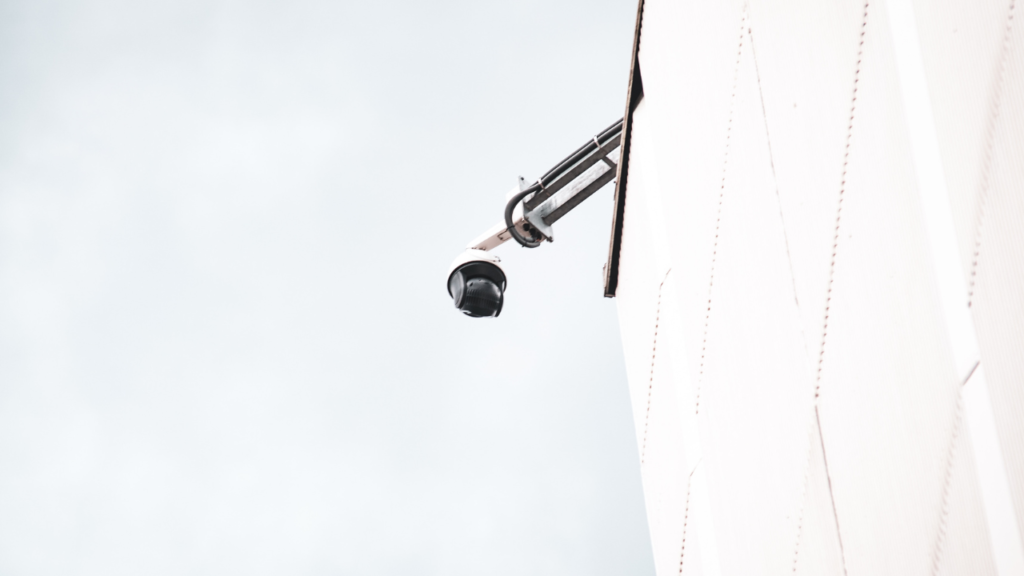
How Does PTZ Camera Control Work?
PTZ cameras can be controlled in several ways, depending on the specific model and setup. The most common methods of control include using an IR remote, a joystick controller, or software.
IR remote controls offer basic control features, allowing operators to adjust the camera’s movements and recall presets. However, they are limited in range and effectiveness when the camera is mounted far away from the operator. This makes IR remote controls more suitable for close-range camera control.
Joystick controllers, on the other hand, provide more advanced control capabilities for PTZ cameras. These controllers can be connected to cameras via ethernet cabling or serial control cables. PTZOptics offers options for joysticks with IP connectivity, allowing control of any PTZOptics camera on a local area network. Alternatively, traditional serial controllers can daisy-chain camera controls through direct connections to each camera.
In recent years, software solutions for PTZ camera control have gained popularity. Software such as OBS, vMix, Wirecast, TriCaster, MimoLive, and Livestream Studio now enable PTZ camera control directly within their platforms. This integration allows producers of live streams to operate PTZ cameras without the need for separate camera operators. With a few mouse clicks, PTZ cameras can be moved to predetermined locations throughout a production space, automated with triggers and advanced workflows. This integration of camera control into software and hardware-based production systems streamlines the production process, enabling smaller teams to produce high-quality content.
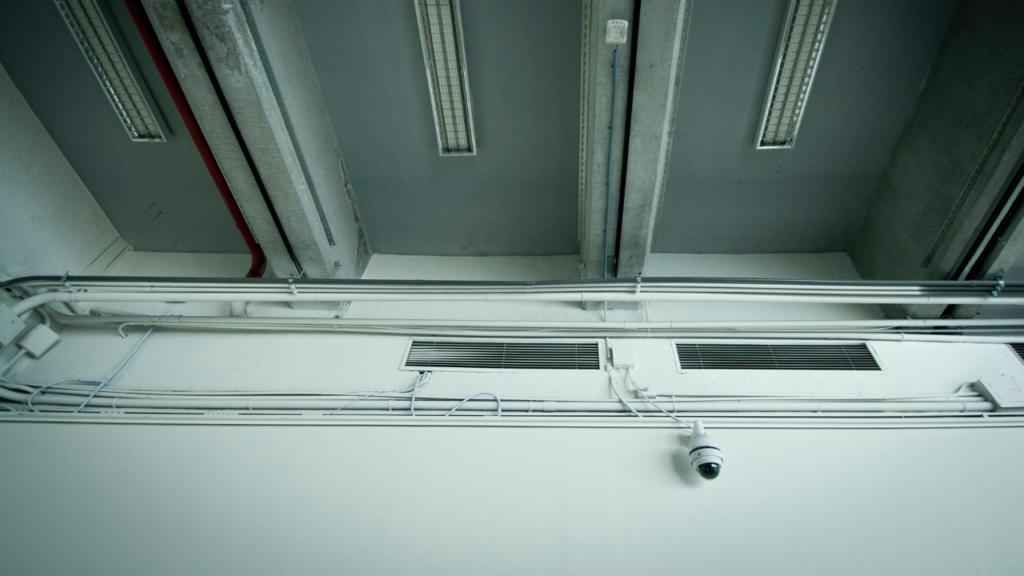
Different Types of PTZ Cameras.
PTZ cameras can be categorized based on their optical zoom and video output options. The most popular video outputs include SDI, HDMI, IP streaming, NDI, and USB. Each of these options has its own advantages and use cases.
SDI (Serial Digital Interface) is a popular video output for PTZ cameras due to its durability, reliability, and long-distance capabilities. SDI cables feature locking connectors, ensuring a secure connection between the camera and the video production switcher or device. This type of cable can transmit video and audio directly from cameras to devices without the need for networking equipment. SDI cables support various data rates, allowing for resolutions up to 4K.
HDMI (High-Definition Multimedia Interface) is another widely used video output option for PTZ cameras. HDMI is integrated into most consumer devices, including monitors and video switchers. While HDMI supports resolutions up to 4K, it is limited to shorter cable distances without signal degradation. HDMI video production equipment is generally more affordable than SDI equipment, making it suitable for consumer or prosumer systems.
Ethernet connectivity has become increasingly important for PTZ cameras. A single ethernet cable can now be used for low-latency IP video, camera control, and even power delivery using Power over Ethernet (PoE) technology. PTZOptics SDI cameras feature built-in PoE connectivity, eliminating the need for additional power supplies and outlets in remote locations. The evolution of IP video and ethernet technology has led to the emergence of NDI (Network Device Interface), a video standard available in many PTZ cameras. NDI provides IP video connectivity with popular live-streaming solutions like Wirecast, vMix, TriCaster, Livestream Studio, and more.
USB connectivity is primarily used for plug-and-play functionality with PTZ cameras. PTZOptics USB cameras can connect to any live streaming or video production software in a similar manner to a webcam. However, USB ports may have limited bandwidth for supporting high-definition video, and the distance over which USB cables can be extended is relatively short. Therefore, USB connectivity is best suited for systems requiring a small number of cameras located in close proximity to the source they are connected to.
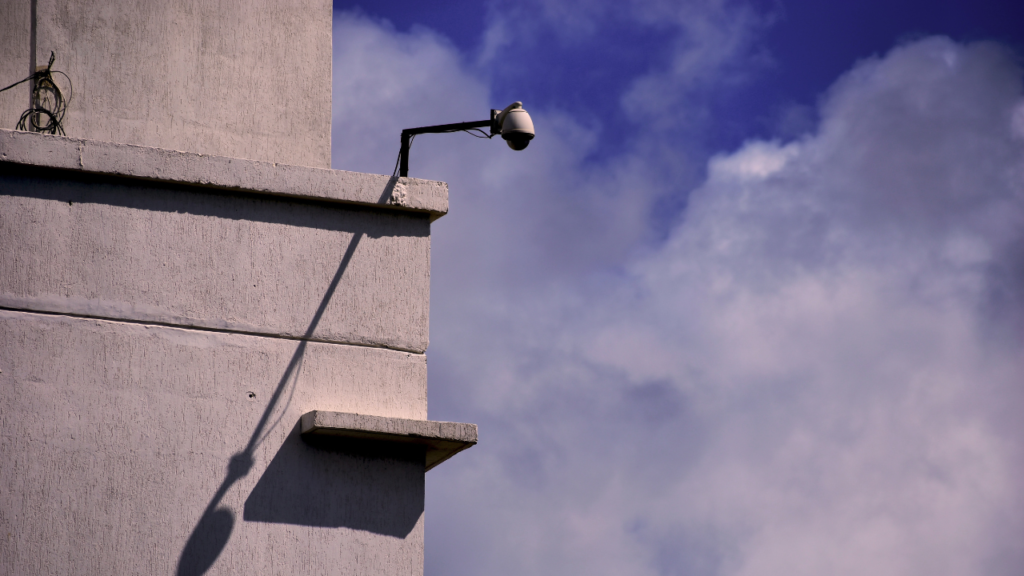
Pros and Cons of PTZ Cameras.
PTZ cameras offer numerous advantages, but they also have their limitations. Understanding the pros and cons can help you make an informed decision when considering the implementation of PTZ camera systems.
Pros of PTZ Cameras:
- Large Field of View: PTZ cameras are capable of panning, tilting, and zooming to cover expansive areas. They provide operators with maximum control over the camera’s field of view, allowing them to capture comprehensive footage and investigate moving subjects.
- Motion-Based Auto Tracking: Many PTZ cameras feature auto-tracking capabilities, which allow them to adjust their field of view to follow moving objects automatically. This function is particularly useful in quiet areas with minimal movement, such as museums after closing hours.
- Time-Based Auto Scan: PTZ cameras can be programmed to scan pre-defined areas and move in a specific pattern. They can be set to change positions based on time, ensuring comprehensive coverage of different areas of interest within the camera’s surveillance area.
- Remote Camera Control: PTZ cameras can be manually and remotely adjusted to track suspicious activity. This feature enables users to change the camera’s field of view without physically being present at the camera location. Various control mechanisms, such as mobile apps, joystick controls, and computer apps, provide operators with flexibility in adjusting cameras according to their preferences.
- Zoom Capabilities: Most PTZ cameras support optical zoom, allowing operators to view and capture distant objects such as license plates or faces. Optical zoom is measured by the maximum focal length divided by the minimum focal length, with a higher number indicating a greater zoom range.
Cons of PTZ Cameras:
- Gaps in Coverage: PTZ cameras are unable to record areas that are not within their specific field of view. This can result in gaps in coverage, allowing incidents to occur and intruders to go undetected. To mitigate this issue, PTZ cameras with automatic motion detection and panning capabilities can be utilized. These features automatically detect people or vehicles entering the camera’s field of view and adjust the camera’s position accordingly.
- Camera Lifespan: Due to their mechanical nature and moving parts, PTZ cameras are generally less durable than fixed cameras. It is important to consider the total cost of ownership when evaluating PTZ camera options. Look for cameras built with durability in mind, such as those with IP66 weather rating and IK10 protection against impacts from vandals and debris.
- Higher Cost: In some cases, multiple fixed cameras, such as fisheye cameras, can provide the same coverage at a lower cost compared to a single PTZ camera. Fisheye cameras, for example, can cover a wide area and allow for digital zoom on high-resolution footage without the risk of being repositioned incorrectly.
- Latency Considerations: High command latency can be an issue with certain PTZ cameras, causing delays between issuing a command and the corresponding change in the camera’s field of view. Smooth and precise controls with immediate response times are crucial for ensuring optimal performance and real-time adjustments.
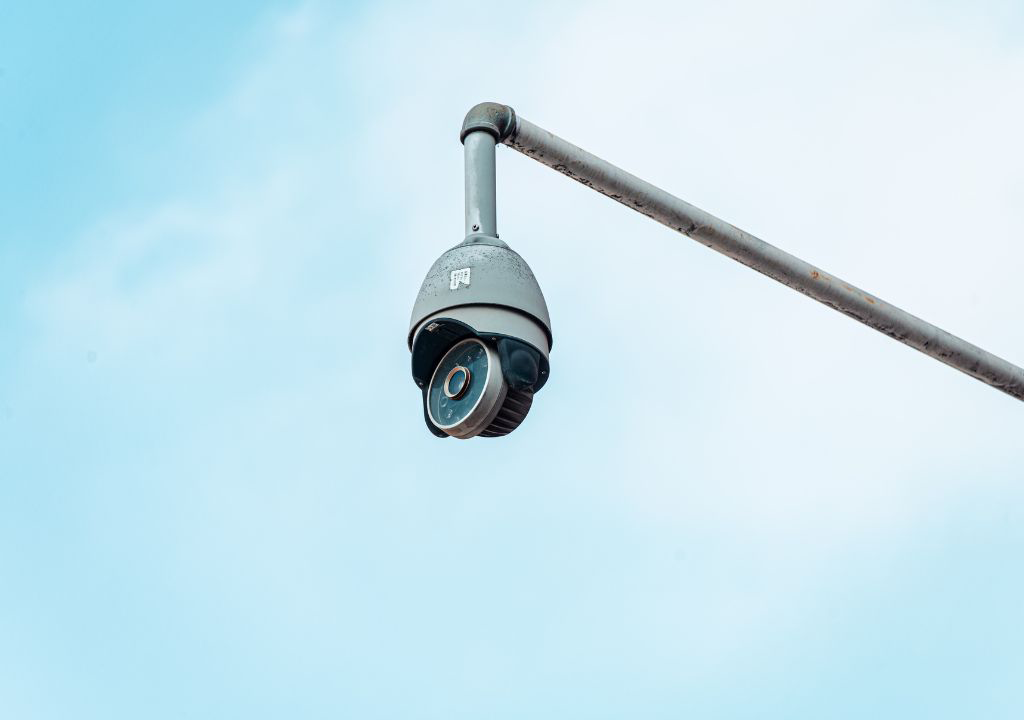
Factors to Consider When Buying a PTZ Camera.
When purchasing a PTZ camera, several factors should be taken into consideration to ensure that the chosen camera meets your specific requirements. Here are some key factors to consider:
- Manpower: Determine whether you will have someone manning the camera at all times or if you require automated features such as motion tracking and time-based scanning.
- Storage Capacity: Consider the amount of storage required to accommodate the footage captured by the PTZ camera. Evaluate whether a cloud-based solution, hybrid cloud, DVR, or NVR is the most suitable option.
- Visibility Requirements: Assess the resolution and field of view needed for your surveillance needs. Consider factors such as low-light performance, IR illuminators, and the ability to zoom in on distant objects.
- Environmental Hazards: Determine the environmental conditions in which the PTZ camera will be deployed. Consider factors such as operating temperatures, weatherproofing, and protection against vandalism and impacts.
- Installation Requirements: Evaluate the installation requirements of the PTZ camera, including the supporting equipment needed and whether professional system integrators are required.
- Cabling Options: Consider the type of cabling necessary to support the PTZ camera system in terms of network connectivity. Options include Power over Ethernet (PoE), WiFi, and wireless solutions.
- Pan and Tilt Functionality: Determine the level of pan and tilt functionality required for your specific application. Consider the coverage requirements and whether a 360-degree pan is necessary or if a corner camera setup is more suitable.
- Deployment Environment: Assess whether the PTZ camera will be deployed indoors or outdoors. Outdoor cameras must be able to withstand extreme temperatures and weather conditions, requiring a weatherproof and durable design.
- Camera Type: Choose the type of PTZ camera that best fits your needs, such as PTZ IP cameras, WiFi PTZ cameras, PTZ PoE cameras, or PTZ analog cameras.
By carefully considering these factors, you can select a PTZ camera that meets your specific requirements and provides optimal performance in your desired application.
Also read Best PTZ Cameras of 2023
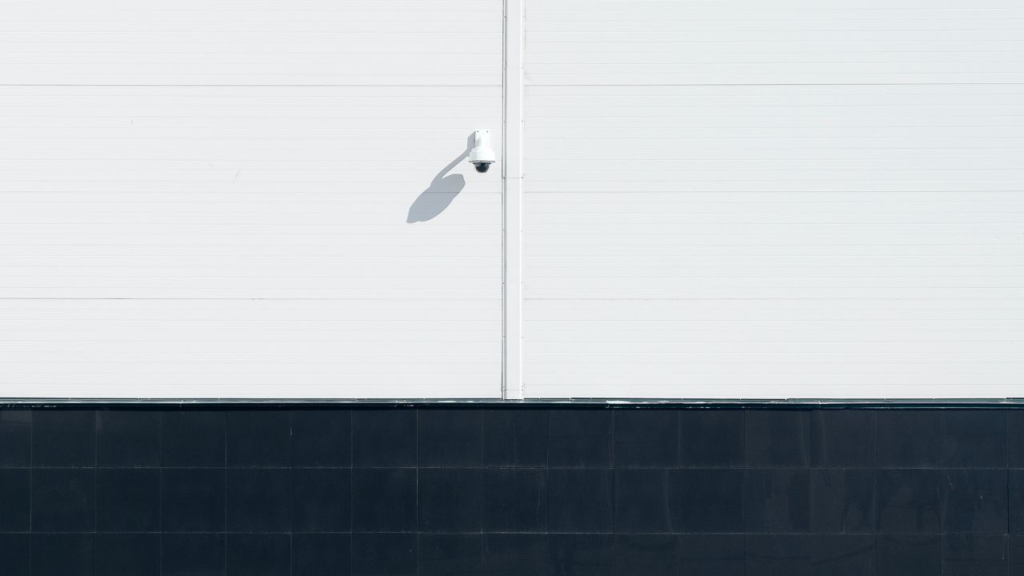
Conclusion
PTZ cameras offer a wide range of features and applications, making them invaluable tools in various industries. With their pan, tilt, and zoom capabilities, PTZ cameras provide operators with maximum control over the camera’s field of view. Whether it’s capturing live events, enhancing video production workflows, or improving security measures, PTZ cameras provide flexibility, convenience, and high-quality footage.
When considering the purchase of a PTZ camera, it is important to evaluate factors such as field of view, camera lifespan, cost, and latency considerations. Understanding the pros and cons of PTZ cameras will help you make an informed decision based on your specific needs.
From stadiums and transportation hubs to warehouses and loading docks, PTZ cameras find applications in numerous settings. Their ability to monitor large areas, remote camera control, and motion-based tracking make them essential tools in ensuring safety, deterring criminal activities, and capturing critical footage.
By considering factors such as manpower, storage capacity, visibility requirements, environmental hazards, installation requirements, cabling options, pan and tilt functionality, and deployment environment, you can select the right PTZ camera for your specific application.
With their compact size and flexible mounting options, PTZ cameras can be installed in unique locations, providing optimal coverage without obstructing the environment.
In conclusion, PTZ cameras continue to revolutionize the way we capture and monitor events, making them an essential tool in today’s technology-driven world.


